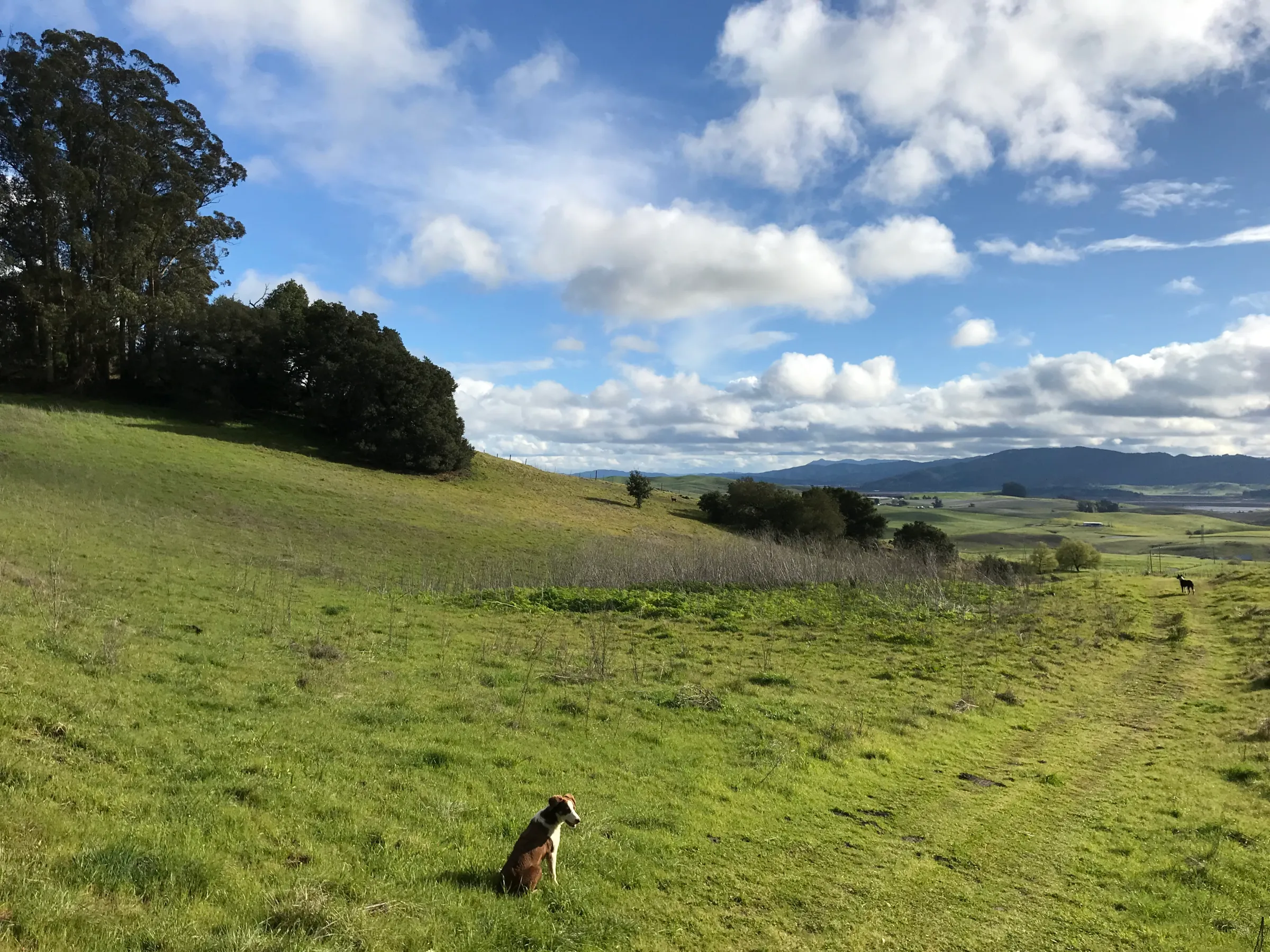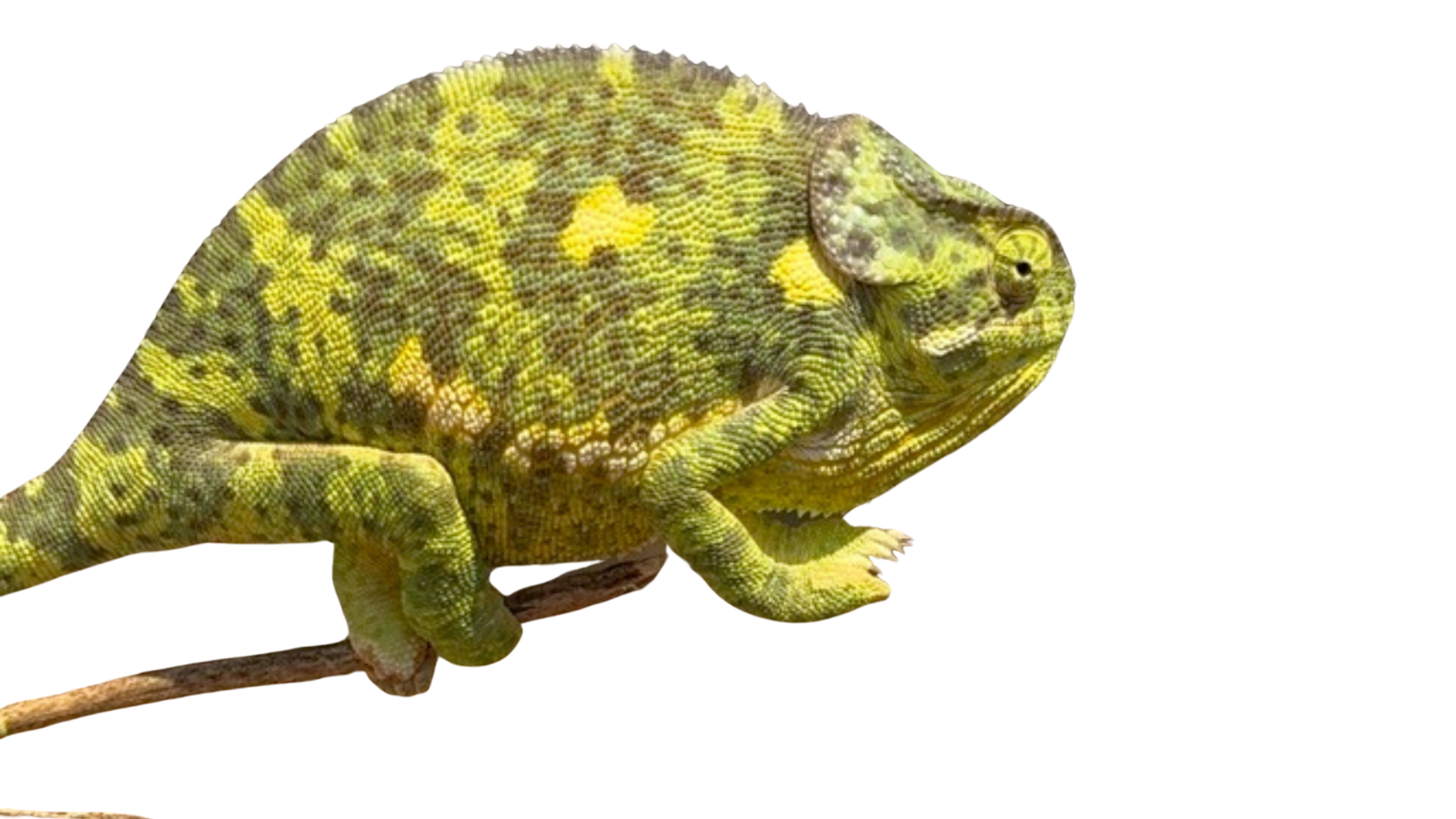The dogs in the picture above have been genetically altered (using Instagram’s algorithm) for maximum cuteness/social media impact.
I am amazed at the amount of attention we give to GMOs. The left would have you believe that were it not for GMOs our agriculture would be ‘sustainable.’ The right would have you believe that GMOs are critical to the survival of our children. It is amazing how much media attention goes into a technology that, at this point, makes very little difference as far as ecology and human well-being are concerned.
To see what I mean, imagine that GMO crops were off limits this coming planting season. On the production side, crop yields next fall would be identical, though there might be a slight increase in costs to the farmer. On the ecological side, you would still have an agriculture that was almost devoid of biodiversity, an agriculture that hemorrhaged soil and toxins, and an agriculture that emitted vast amounts of carbon, especially from its soil. In contrast, it is a ten-thousand-year-old technology (tillage, and its modern cousin, chem-tillage) which creates all those problems. Since it is such an old technology, no one talks about it and there isn’t a ‘No-Tillage Verified’ label.
The GMO debate at this point is symbolic. People project onto GMOs all the hopes and fears wrapped up in their worldview. Symbolism is important but it is also important to know when we are engaged in a symbolic debate. There are far too many real problems in agriculture for us to spend so much of our bandwidth bogged down in something that is not yet a problem.
For the most part, I don’t eat GMOs and we certainly don’t use them in our production methods (whether in Grounded Land and Livestock, Sonoma Mountain Institute, or Meadows Brooks and Groves).
First of all, this is out of an abundance of caution. All else being equal, the precautionary principle tells me that it is better to stick to the products of natural selection. But if we want people to take science (think climate science) seriously, we need to recognize that there is currently very little evidence for major harms from GMOs. Now, GMO denialism is not the same as climate denialism. As a GMO denialist, I am absorbing all the economic costs of my excess of caution, whereas Climate denialists are creating negative externalities with their willful ignorance. But compared to tillage, GMOs are benign tumors.
We can allow the precautionary principle to drive our production practices because GMOs have not increased the amount of corn, soy, wheat, etc., grown on farmland. This is displayed by the fact that non-GMO crops (rice and wheat) have had the same yield increases over the past twenty years as GMO crops (corn and soy). (Thank you to Rory Kleu for bringing this to my attention years before the UN reported on it.) It is the conventional plant breeding (a variant on good old natural selection) that has resulted in all the actual increases in yield. These ‘amazing breakthrough’ technologies have mostly been good for selling herbicide. The claim that GMOs are going to be critical for adapting to climate change or for feeding a world of nine billion people is curious.
The upshot is that we just don’t need any of the GMO technologies that are currently available to solve agriculture’s problems. Despite all their pretenses, the reality is that GMOs are currently one of many tools used by row crop farmers to manage weeds. But farmers can avoid the weeds that come with row crops and tillage by avoiding row crops and tillage! Eat grass-fed instead of grain-fed protein and you have circumvented the need for current GMO technologies. In our ‘wild’ pastures, the genetic modification is being done by nature through natural selection. This involves millions and billions of genes all at once in a wild, wiggly way that has worked continuously for billions of years.
In the end, Monsanto isn’t evil. Monsanto’s products are just irrelevant as far as the future of agriculture is concerned.
Notice how I am not saying that GMOs will always be so innocuous. It’s likely that there will be a number of difficult decisions coming down the pike. Decisions that once made might also be difficult to take back. TBD next week.
But just as I doubt that GMOs will always be harmless, I’m not saying we don’t need any GMO technologies. We just don’t need any that are currently available. Next week I will also go on to discuss the GMO technologies that we very well might desperately need.
Almanac
In the Almanac section this week, I had planned on talking about cattle handling and buying cattle and build a metaphor that drew on the notion of climbing mountains. But then I spent two days this week climbing mountains in pursuit of a mere six head of cattle and the romance of mountain climbing is temporarily tarnished. These six head have apparently been holed up in our most difficult country for the last month and a half. So as the rest of this herd has (slowly) come to be easier to work, these learned that they could hide out and build their own little pirate society in the mountains. This particular area that they are in is 500 acres of jagged canyons and dark bay forests. Part of it is underlain by serpentine soils, so it looks like a different ranch. It has plants like scrub oak and buckbrush that grow nowhere else on the ranch or in the region. Scrub oak and buck brush that is very thick, very pokey, and very easy for cattle to hide in. Over the last few months, I would take the wild cattle, just follow them as they ran around like idiots and got tired out. I just kept calmly tracking them. Hunter-gatherer people who run down antelope talk about how they come to absorb the energy of the animal and just as the animal becomes weaker, they become stronger. This is exactly the feeling. Tired animals are better than corralled animals and eventually, I would walk them out the gate. But with these six, just as I would get them good and tired, one at a time they would split off the group. Even though I had good tracking conditions, I couldn’t follow all of them, so slowly I was following fewer and fewer animals until I was down to one and I gave up. I shouldn’t have done that, because now I taught them they can get away from me. Try again next time. But not interested in metaphors.

